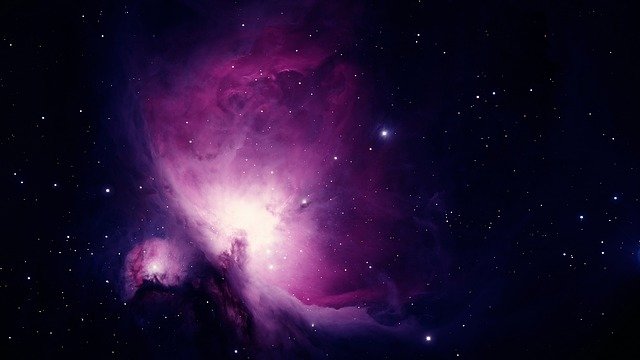A distant black hole shredded a star in 2018, and released a plume of plasma travelling around 50 per cent the speed of light two years later – astronomers don’t know why it took so long
A supermassive black hole spaghettifies and gobbles down a star in this artist’s illustration
DESY, Science Communication Lab
A black hole devoured a star, and two years later released a belch of titanic proportions. The delay between the cosmic meal and the blast of plasma that followed surprised astronomers, and they aren’t sure why it took so long.
In 2018, astronomers saw evidence of a black hole more than 650 million light years away ripping apart a star in what’s called a tidal disruption event. Then, in 2020, 2021 and 2022, another team of researchers led by Yvette Cendes at the Harvard-Smithsonian Center for Astrophysics in Massachusetts took another look using several radio telescopes.
Usually in tidal disruption events, the powerful gravity of the black hole rips up a star that strayed too close, and then the star’s remains are dragged into a halo of debris called an accretion disc before falling into the black hole. Sometimes that disc blasts out a spray of material shortly after the star is shredded.
Advertisement
Read more: Carlo Rovelli: Where does the stuff that falls into a black hole go?
“The action usually happens in the first few months,” says Cendes. “Normally when we observe a tidal disruption [in radio wavelengths], about 20 per cent of the time you see an outflow in the first few months, and if you don’t see anything, radio telescope time is precious, so you move on and look at new things.”
In this case, observing later on paid off. About two years after the tidal disruption event, an extraordinarily bright plume of material suddenly began to blast away from the black hole at speeds up to half the speed of light. The black hole almost definitely did not eat any other stars or blast out any other material in the intervening time, Cendes says. If it had, observations from telescopes that view large swathes of the sky at once would have caught it.
We don’t know why this belch was so delayed, she says. There are a few possible reasons, mostly to do with properties of the accretion disc, but none of them quite fit. Figuring out what exactly happened may be particularly important because it is possible that these delayed outbursts are happening all over the universe, says Cendes.
“This was one event we observed in a sample of about two dozen, and so far, it looks like delayed outflows like this might be more common than we were expecting,” says Cendes.
Journal reference: The Astrophysical Journal, DOI: 10.3847/1538-4357/ac88d0
Sign up to our free Launchpad newsletter for a voyage across the galaxy and beyond, every Friday
More on these topics:

